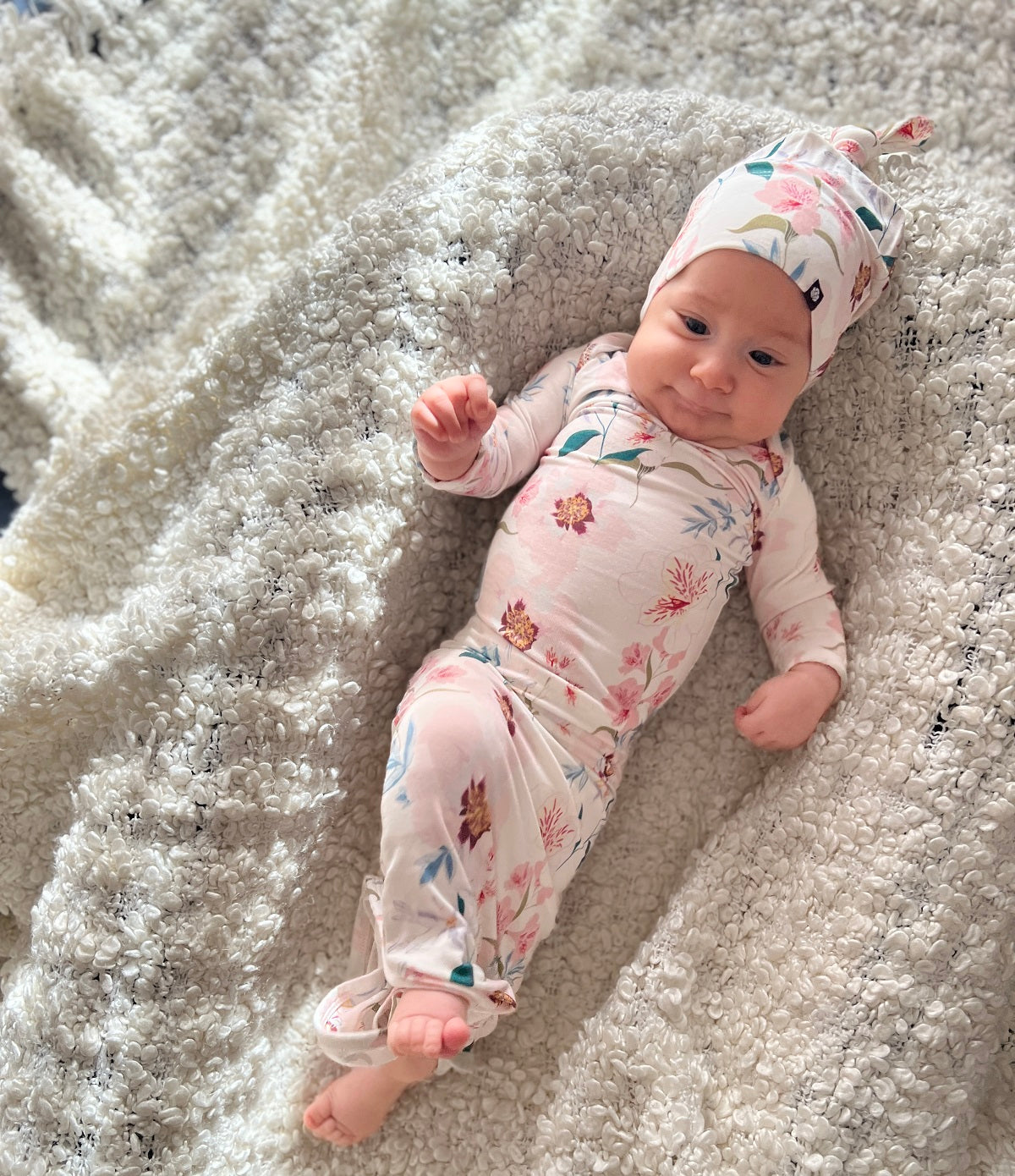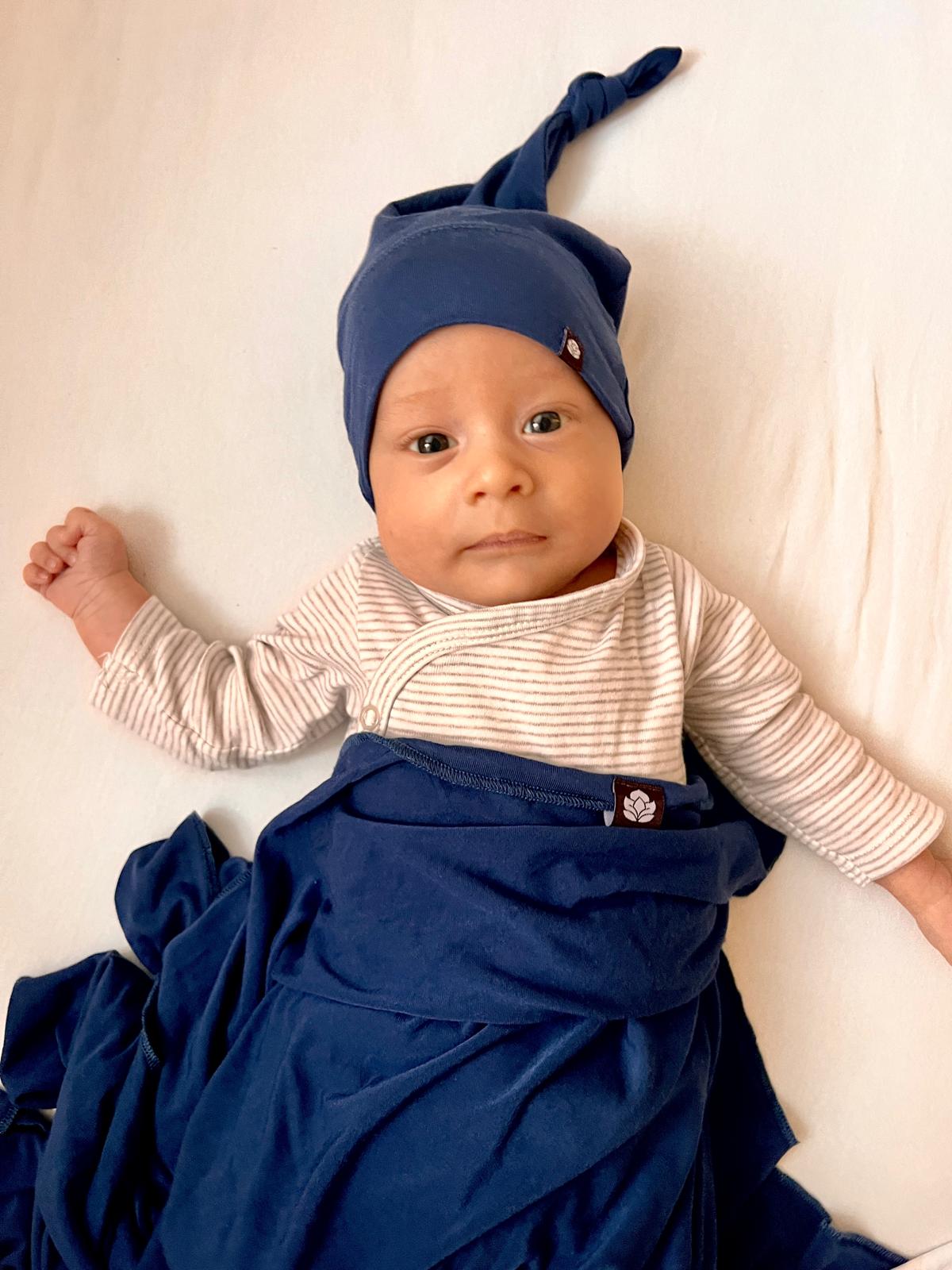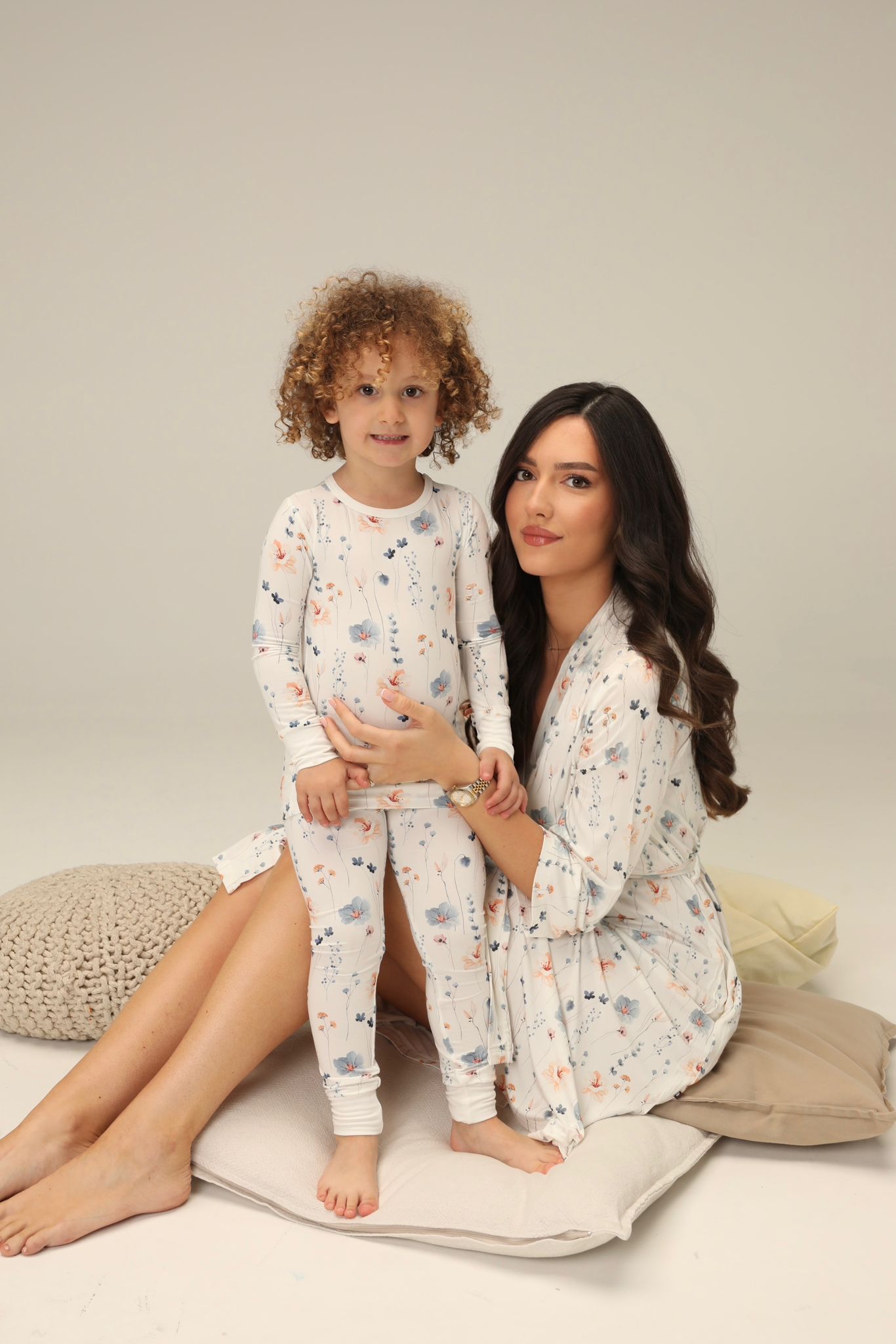How cold is too cold to take a newborn outside?
How to Dress a Newborn in Winter: A Complete Parent’s Guide to Warmth and Comfort
Practical advice on layering, fabric choice and keeping your newborn warm without overheating
Table of Contents:
- How to Dress a Newborn Indoors During Winter
- How to Dress a Newborn Outdoors in Winter
- Dressing a Newborn for Sleep in Winter
- How Babies Regulate Heat
- How Many Layers Does a Newborn Need in Winter
- Best Fabrics for Winter Baby Clothes
- Signs Your Baby Is Too Cold or Overheated
- Practical Accessories for Winter Comfort
- MA-MA NYC Winter Baby Essentials
- Recommended Winter Pieces
- Final Words
- FAQ
How to Dress a Newborn Indoors During Winter
Ideal Room Temperature
Daytime Clothing
Nap and Sleepwear
Keeping Hands and Feet Warm
When Using Heaters or Humidifiers
Example Winter Indoor Outfits

How to Dress a Newborn Outdoors in Winter
Layering for Short Walks
Longer Outdoor Time
Car Seat Safety
Quick Outfit Ideas for Outdoor Winter Dressing
Dressing a Newborn for Sleep in Winter
Room Temperature and Layering
Fabric Tips
Safety Reminder
Example Winter Sleepwear Combinations

